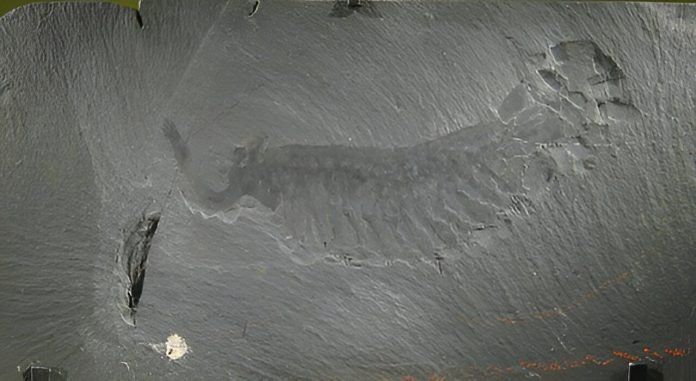
New research suggests that a small increase in Earth’s oxygen levels could have triggered the Cambrian explosion, a rapid burst of evolution that occurred 540 million years ago.
This period marked a significant diversification of life on Earth, transforming it from a world of simple organisms to one teeming with complex creatures.
The study, published in Nature Geoscience, combines data from scientists around the world.
It shows that even minor increases in oxygen might have been enough to cause the major evolutionary changes seen in the fossil record.
Dr. Richard Stockey, the lead author and a paleobiologist at the University of Southampton, conducted this research as a Ph.D. student at Stanford University. He explains, “The Cambrian explosion was a remarkable period when life diversified rapidly.
Before this, life was mostly single-celled or small multicellular organisms. Then, within a geologically short time, we see complex creatures with new body structures, shells, appendages, and sensory organs like eyes.”
For decades, scientists believed that the Cambrian explosion was driven by a sudden rise in atmospheric oxygen, bringing it close to modern levels.
However, evidence has been inconsistent. This new study shows that only a small increase in oxygen was needed to drive significant ecological changes.
Erik Sperling, senior author and an associate professor at Stanford, explains, “We found that Cambrian animals likely did not need as much oxygen as previously thought.
Even minor increases in oxygen levels could have crossed critical ecological thresholds.”
Most animals at the time lived in shallow waters, where wind and waves mixed the water, increasing oxygen levels even as the deeper ocean remained unchanged.
This small boost in oxygen was enough to support the new, complex forms of life emerging during the Cambrian explosion.
The study also found that oxygen levels in the deep ocean did not reach modern levels until about 140 million years after the Cambrian explosion, much later than previously believed.
This full oxygenation of the oceans occurred around 400 million years ago, coinciding with the appearance of large forests on land.
To investigate these changes in oxygen levels, researchers examined uranium and molybdenum in black shale, a type of rock formed in low-oxygen environments.
These metals accumulate in sediment when oxygen is low, so their concentration in black shale indicates past oxygen levels.
Using statistical and machine learning techniques, the researchers analyzed data on a large scale and used models to estimate historical oxygen levels. They found that changes in organic carbon in black shale influenced the concentrations of trace metals, explaining observations from the past 15 to 20 years.
This research is part of the Sedimentary Geochemistry and Paleoenvironments Project, which compiles geochemical data for large-scale analysis.
Dr. Stockey developed an analytical toolkit for this study, which could help researchers understand ancient oxygen levels, temperature, food supply, and other factors driving early evolution.
Dr. Stockey emphasizes the importance of a community-driven data science approach, saying, “To effectively use advanced data science techniques for geological data, we need a standardized approach. This collaborative effort allows us to confidently reconstruct Earth’s evolution over time.”



